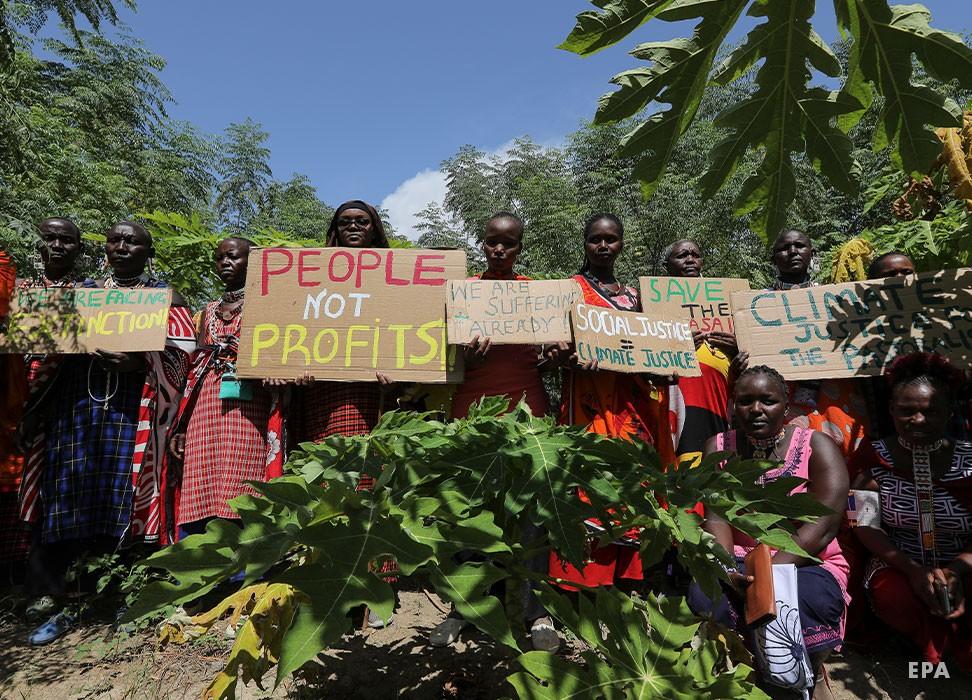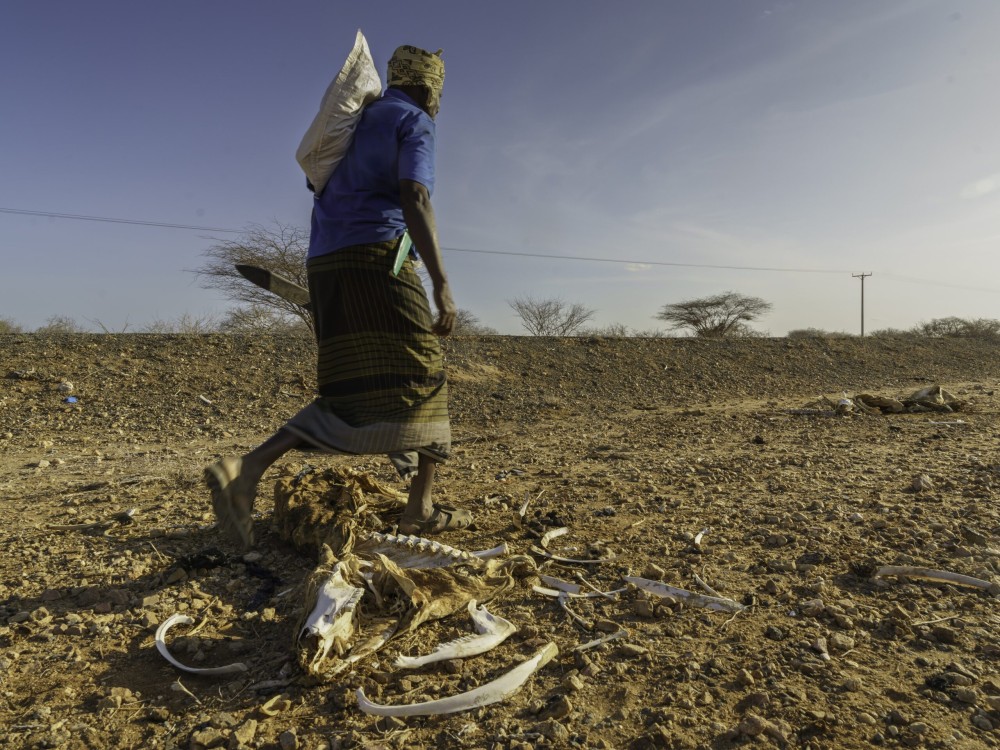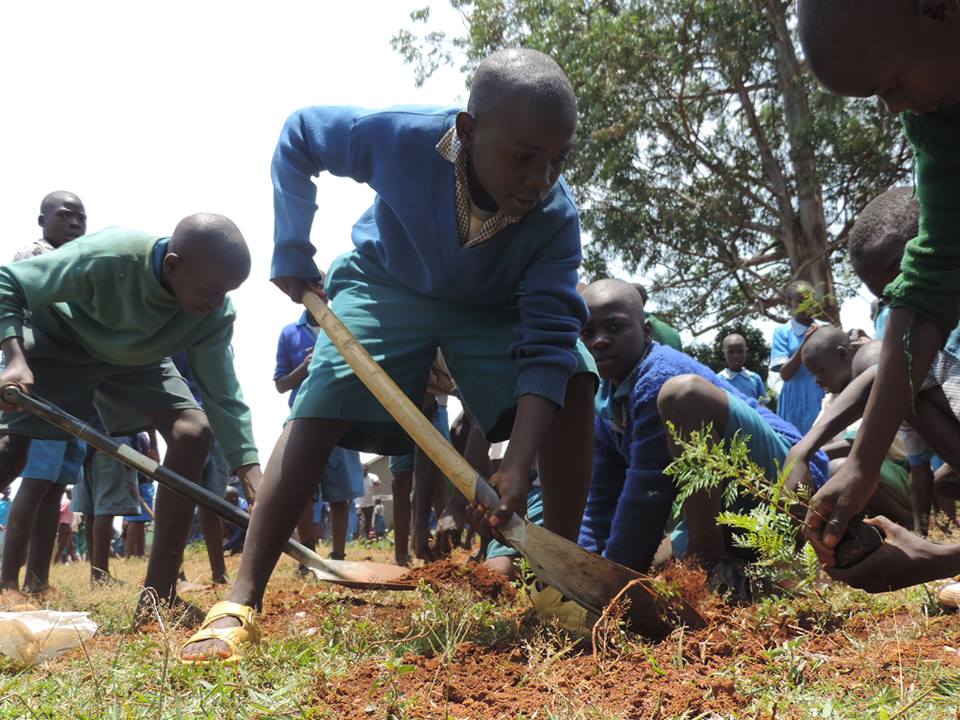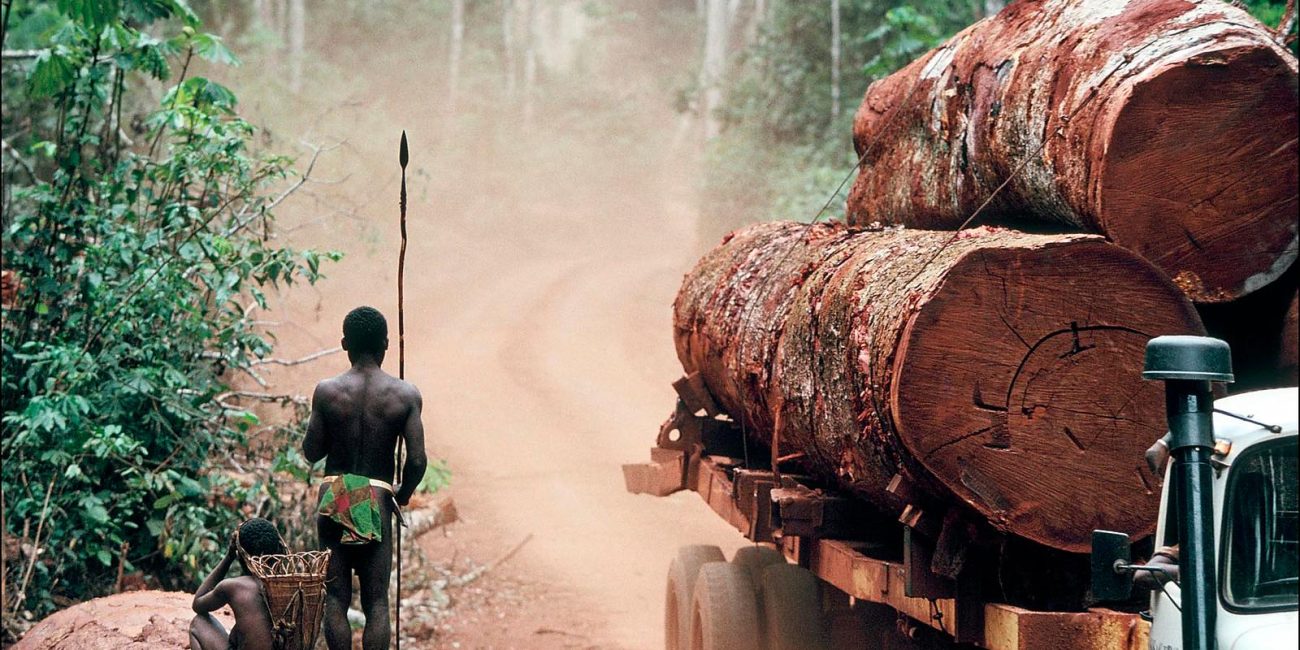Across the globe, we are witnessing more and more youth participating in issues of importance to their nations and the world. And even in the climate crisis, we see the child playing a pivotal role in creating solutions and motivating action. As youth voices are amplified and heard, I couldn’t help but notice the missing indigenous voices. Where are the indigenous populations in this battle against climate change?
We have four communities in Tanzania that identify as indigenous populations; the Hadzabe, the Akie, the Maasai, and the Daatoga (Barabaig). These communities can be found in Arusha, Manyara, Tanga, and Singida regions. Still, it should be noted that Tanzania does not acknowledge the concept of indigenous populations. And this is the reality for most African countries. Therefore, “traditional” will be alternated with “indigenous.”
Our indigenous communities are made of hunters and gatherers, blacksmiths, or pastoralists. They heavily rely on natural resources for their livelihood. Thus these communities are most vulnerable to the climate crisis and its impacts. And as the situation is worsening, so are its effects on these communities. For instance, the Maasai and Akie have been feuding over land and water, which will only be exacerbated by the crisis. On the other hand, Datooga practices like land clearing destroy stem tubers, berries, and honey which are the Hadzabe’s source of subsistence.
The communities have been facing persistent drought and floods due to the climatic conditions. Early this year, floods wreaked havoc in many regions of Tanzania, including Arusha, destroying businesses and killing livestock. Arusha is a region inhabited by at least three indigenous populations. In Kenya, drought-failed rainfall for five consecutive years since 2020 has crippled the Maasai community in the nation.
This pastoralist community is losing pastures to the drought and, in turn, struggling to keep their livestock alive. The Maasai depend on livestock for subsistence and income, but the price of cows has dropped significantly due to the drought.
“This is the kind of situation we have all found ourselves in, with emaciated cattle…the brownish ones lying beside me would fetch up to around 60,000 or 65,000 shillings ($500-$530). Now they are selling for only 1,500 Kenyan shillings ($12),” Jackson Sane, a Maasai pastoralist, commented at a cattle market in the town of Ilbisil, south of Nairobi, October 2022.
“First, we cannot ignore that every person and every system has a carbon footprint, including the indigenous populations. This means they contribute to global warming and are also greatly affected by climate change. The methods (culture and practices) they have built so far have sustained them for centuries. The Indigenous people have been custodians of their environment for generations. We cannot ignore their connection with the environment and the abundance of knowledge they can offer.
One good example is the Dua Haitemba forest reserve in Babati District, Arusha. Can help create solutions relevant to the location. All eight villages around the forest are responsible for conserving the woods, with each town managing a village that has fallen within its boundary. The once heavily depleted forest is now recovering and flourishing, showing the successful outcome of utilizing the local population. This approach has also achieved success at a minimal cost.
Science alone can not solve the climate crisis, so it is a multidisciplinary issue. It is necessary to disrupt science-dominated decision-making. When traditional knowledge and modern science are combined, better solutions can be created, and more robust systems can be built. Combined with standard knowledge holders and science, it is possible to scale up the successful community-based mechanisms from a locality to the entire nation and Eastern African region. And these community-based mechanisms should include the indigenous populations.
Where are the voices of traditional knowledge holders? Where are they in the regional, national, and global dialogues that bring together decision and policymakers, climate experts, and other relevant groups like the youth? Where are their perspectives, knowledge, and experiences in the adaptation, mitigation, and resilience strategies? How do policies and development programs if they are minutely included or excluded entirely in the designing process? What about their access to funding? Are they in the loss and damage mechanisms that are being designed and implemented?
The first step towards fully integrating traditional knowledge in climate action in East Africa is by fully recognizing indigenous populations. Their rights to be heard and included have to be honored. Our governments need to recognize the value of traditional knowledge in achieving sustainable development. And this has to be beyond paper and statements. It has to be practiced. For decades our leaders have been declaring to include indigenous populations, and still, indigenous people around the globe continue to fight for inclusion in climate action.
A quote from Ecpa News on Indigenous Voices on climate change
The recognition that indigenous peoples have lessons to teach the world about the environment is hardly new. Take this statement from the 1992 Rio Declaration: “Indigenous people and their communities and other local communities have a vital role in environmental management and development because of their knowledge and traditional practices.”
And the Paris Agreement, adopted in 2015, states that adaptation measures on climate change “should be based on and guided by the best available science on knowledge of indigenous peoples and local knowledge systems.”
As global leaders are clambering to mobilize resources against climate change and transit to a green economy, and as climate journalism grows, they must not disregard the indigenous populations. “they cannot disregard their carbon footprint nor how valuable assets they can be against the climate crisis. Their stories must be told because they also suffer” ng from the situation and trying to solve the problem. They should be on top of the agenda in East Africa as they have been displaced and lost livestock and lives from the drought plaguing Kenya, Ethiopia, and Somalia.





The Climate change must be well facilitated to the lower level in order to well addressed to the local community.
The initiatives must be more parricipatory to be successiful especially by combining it with Carbon Credit businessea